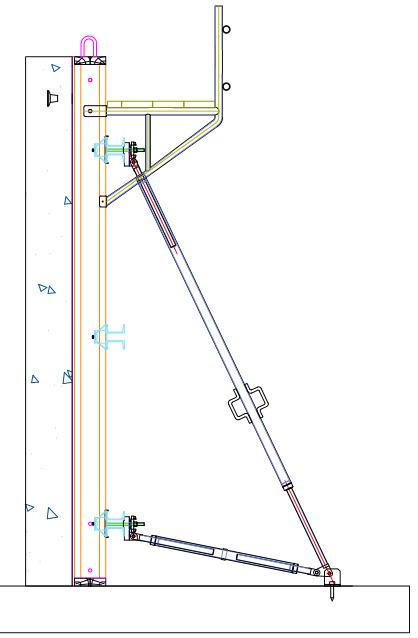Aug . 04, 2024 03:01 Back to list
Exporters Specializing in Concrete and Formwork Solutions for Global Construction Projects
The Global Landscape of Concrete and Formwork Exporters
In an era where urbanization is rampant and construction projects are proliferating across the globe, the demand for quality concrete and formwork solutions has seen a significant uptick. This has resulted in a burgeoning industry of exporters who specialize in these essential materials. Understanding the dynamics of this market reveals important insights into trade patterns, economic opportunities, and the future of construction.
The Importance of Concrete and Formwork
Concrete is one of the most widely used construction materials due to its durability, versatility, and cost-effectiveness. From residential buildings to monumental infrastructures, concrete forms the backbone of modern architecture. However, the efficiency of concrete use hinges on the quality of formwork, which is the temporary or permanent molds into which concrete is poured. Formwork provides the necessary shape and support for the structure until the concrete hardens, making its quality crucial in determining the integrity of the final product.
Key Markets and Exporters
Countries rich in natural resources and manufacturing capabilities have positioned themselves as leading exporters of concrete and formwork. Notably, countries in Asia, especially China, have emerged as major players in this sector. Chinese companies dominate the market, exporting a wide array of concrete products and innovative formwork systems that cater to various construction needs. Their ability to produce at scale and lower costs has made them highly competitive.
In addition to China, countries like Germany, Italy, and the United States also play significant roles in the export market. German firms are renowned for their precision engineering and high-quality formwork solutions, often favored for complex projects requiring customized solutions. Meanwhile, Italian exporters focus on aesthetic products, capitalizing on design and functionality to cater to luxury construction projects.
Trends Shaping the Industry
concrete and formwork exporters

Several trends are shaping the concrete and formwork export market. One of the most significant is the increasing emphasis on sustainability. As construction industries worldwide grapple with environmental concerns, there is a growing demand for eco-friendly materials and practices. Exporters are responding with innovations such as recycled concrete and sustainable formwork systems that minimize waste and energy consumption.
Moreover, the rise of smart construction technologies is changing how concrete is used and processed. Automation in formwork design and the incorporation of IoT devices for monitoring concrete curing processes are examples of advancements that exporters are beginning to embrace. These technologies not only improve efficiency but also enhance safety and reduce labor costs.
Challenges Faced by Exporters
Despite the opportunities, exporters of concrete and formwork face numerous challenges. Trade regulations, tariffs, and logistical hurdles can complicate international transactions, affecting pricing and delivery times. Fluctuations in raw material costs also pose risks; for instance, sudden increases in cement prices can dramatically impact profit margins.
Additionally, the ever-evolving construction standards across different countries require exporters to remain agile and compliant with a myriad of regulations. This necessitates ongoing investments in research and development to ensure that products meet international standards while also catering to the specific requirements of local markets.
Conclusion
The landscape of concrete and formwork exporters is vast and varied, reflecting the complexities of global construction needs. As urbanization continues to fuel demand for innovative building solutions, exporters must adapt to changing market dynamics while focusing on sustainability and technological advancements. The future of this industry will undoubtedly be shaped by those who can navigate the challenges and seize the opportunities presented by an ever-evolving global market.
-
High-Quality U Head Jack Scaffolding – Reliable Scaffolding Jack Head Manufacturer & Factory
NewsJul.08,2025
-
High-Quality I Beam H20 Leading Timber Beam H20 Material Factory, Exporters & Manufacturers
NewsJul.08,2025
-
High-Quality Powder Coating Steel Formwork - Durable & Corrosion Resistant Solutions
NewsJul.07,2025
-
Inclined Column Formwork Supplier – Durable & Precise Solutions for Unique Structures
NewsJul.07,2025
-
High-Quality Water Stop Solutions Trusted Water Stop Company & Suppliers
NewsJul.07,2025
-
High-Quality Formwork Material Supplier Reliable Manufacturer & Factory Solutions
NewsJul.06,2025